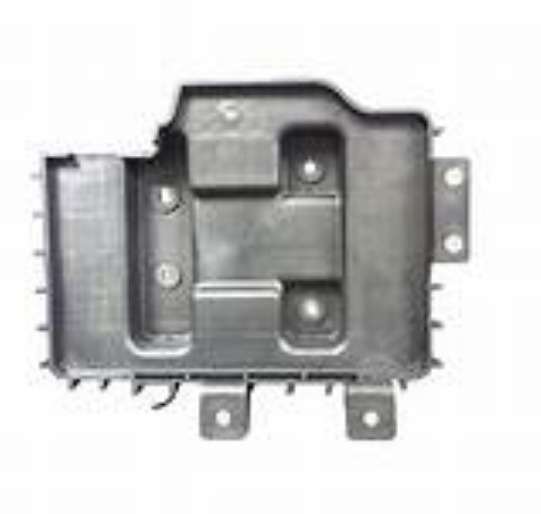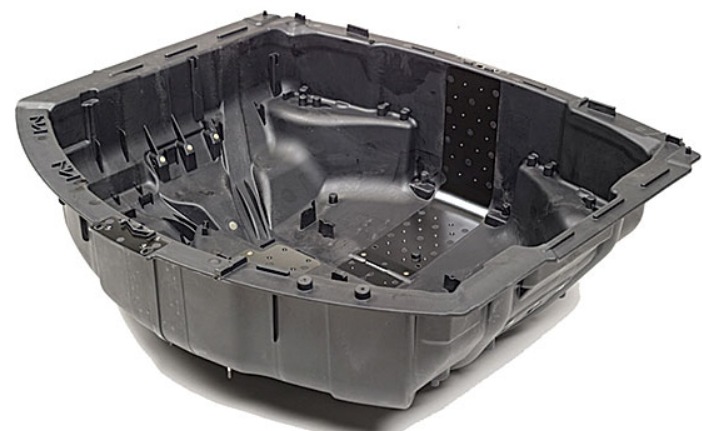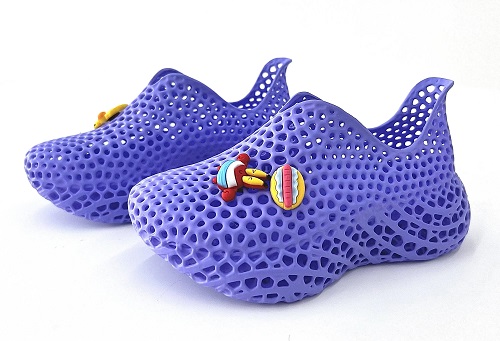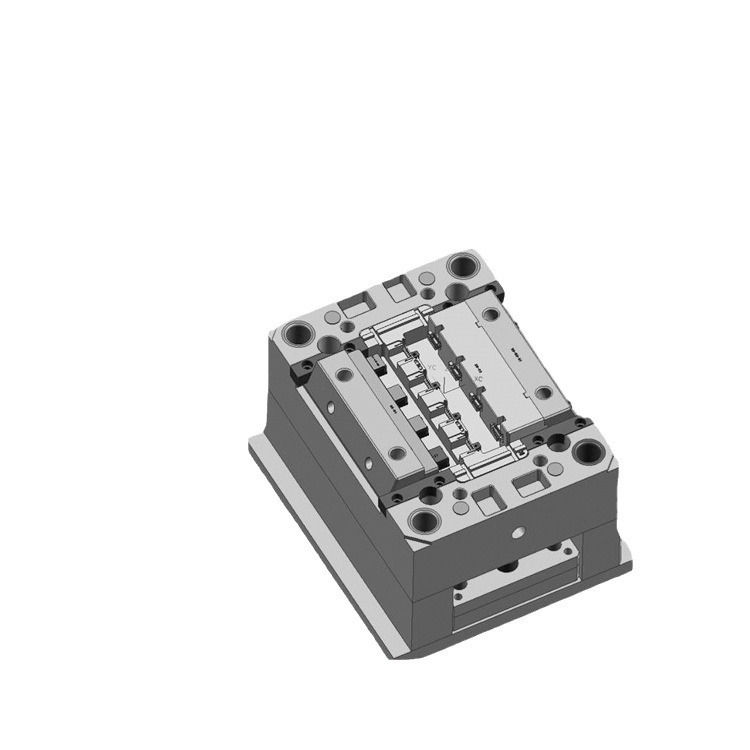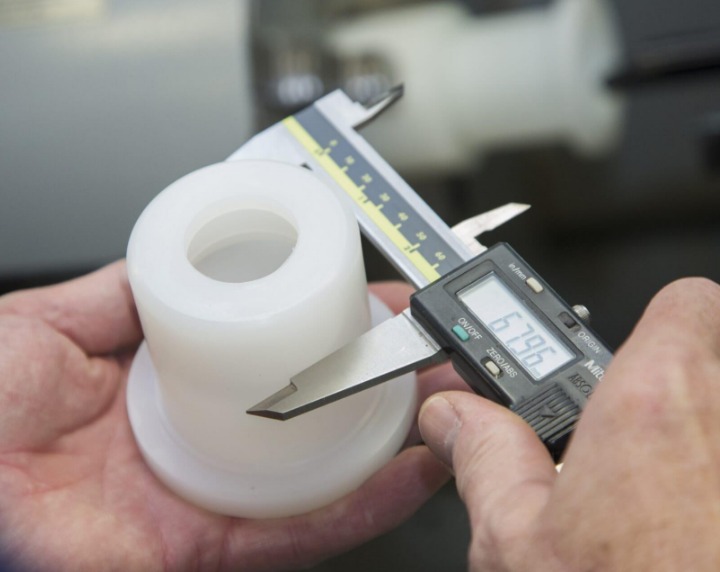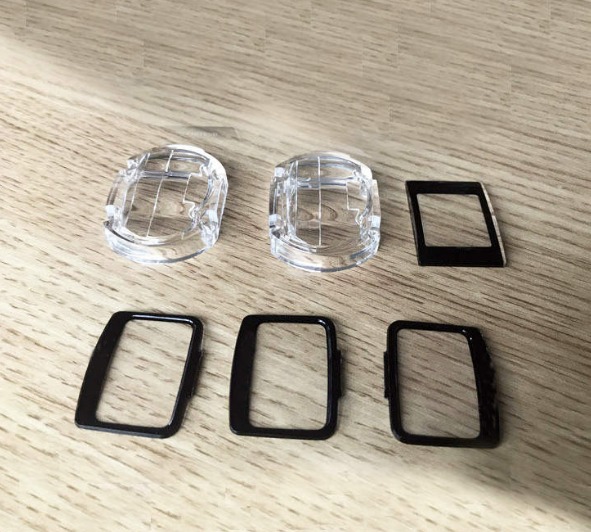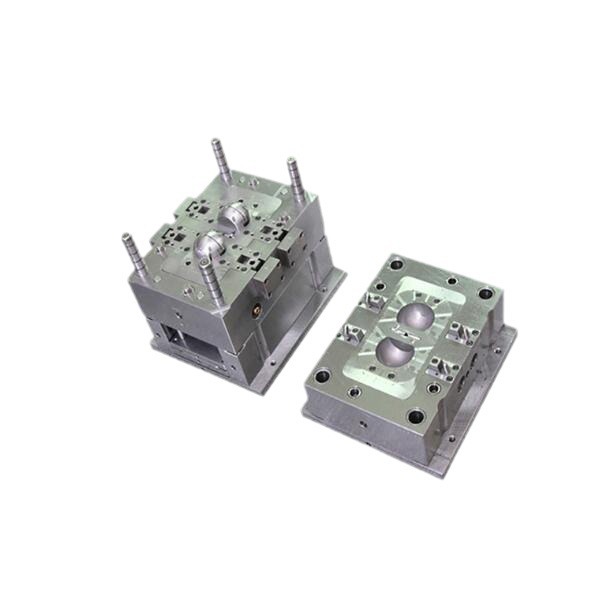What is Screw Injection Moulding Process?
The screw injection moulding process is a widely used manufacturing method in the plastics industry. At its core, it involves the use of a screw to convey and melt plastic materials, and then inject the molten plastic into a mould cavity to create a desired shape.
Plastic Melting Stage
- First, plastic pellets are fed into the hopper of the injection moulding machine. These pellets then enter the heating barrel where a rotating screw is located. As the screw rotates, it pushes the plastic pellets forward. During this process, heat is applied to the barrel. The combination of the mechanical action of the screw (shear heating) and the external heating elements causes the plastic to gradually transition from a solid state to a highly viscous, molten state. For example, in the production of common polyethylene (PE) products, the barrel temperature might be set between 180 - 250°C depending on the specific grade of PE.
Injection Stage
- Once the plastic is fully melted, the screw acts as a piston. It moves forward with high pressure, forcing the molten plastic through a nozzle and into the closed mould cavity. The pressure applied during injection is crucial; typically, it can range from 50 - 200 MPa. High - pressure injection ensures that the molten plastic fills every intricate detail of the mould cavity, whether it's a small, detailed toy part or a large, complex automotive component.
Cooling and Ejection Stage
- After the mould cavity is filled, the plastic is allowed to cool and solidify within the mould. This cooling process is carefully controlled to ensure uniform solidification. Once the plastic has hardened sufficiently, the mould opens, and a mechanism (such as ejector pins) ejects the newly formed plastic part from the mould. The cycle then repeats for the next production run.
This process is highly versatile and can produce a vast array of plastic products, from everyday household items like bottle caps to high - precision medical devices. It offers high production rates, making it suitable for mass production scenarios, which is one of the reasons for its prevalence in modern manufacturing.
Key Stages of the Process
Plasticization
Plasticization is the initial and crucial stage in the screw injection moulding process. The plastic material, usually in pellet form, is fed into the hopper of the injection moulding machine. From there, it enters the heated barrel where a rotating screw plays a vital role.
As the screw rotates, it not only conveys the plastic pellets forward but also generates shear heat. This, combined with the external heating elements on the barrel, causes the plastic to gradually melt. The temperature settings of the barrel are critical. For example, when processing polypropylene (PP), the barrel temperature is typically set between 200 - 270°C. A lower temperature may result in incomplete melting, leading to issues like uneven product quality or blockages in the injection system. On the other hand, excessive temperature can cause the plastic to degrade, affecting the mechanical properties of the final product.
The speed of the screw rotation, measured in revolutions per minute (RPM), also impacts plasticization. A higher screw speed increases the shear force, which can enhance melting efficiency but may also generate too much heat too quickly. For most standard plastics, a screw speed in the range of 100 - 150 RPM is commonly used. However, for some high - viscosity or heat - sensitive plastics, a lower speed might be required to ensure proper melting without overheating.
Injection
Once the plastic is fully plasticized and in a molten state, the injection stage begins. The screw, which has been acting as a conveyor during plasticization, now functions as a piston. It moves forward with significant force, pushing the molten plastic through the nozzle and into the closed mould cavity.
The injection speed, often measured in millimetres per second (mm/s), is a key parameter. A fast injection speed is beneficial for filling complex or thin - walled mould cavities quickly, ensuring that the plastic reaches all the intricate details before it starts to cool and solidify. For instance, when manufacturing small, detailed electronic components, an injection speed of 50 - 100 mm/s might be used. However, if the injection speed is too high, it can cause issues such as air entrapment, leading to voids or bubbles in the final product, and high shear stress that may damage the plastic's molecular structure.
The injection pressure, expressed in megapascals (MPa), is equally important. It ranges from 50 - 200 MPa depending on factors like the plastic type, the complexity of the mould, and the wall thickness of the product. High - pressure injection is necessary for plastics with high viscosity or when filling moulds with long flow paths or small cross - sectional areas. But excessive pressure can cause the mould to deform or the product to have flash (excess material around the edges).
Cooling and Solidification
After the mould cavity is filled with the molten plastic, the cooling and solidification stage commences. This stage is essential for giving the plastic its final shape and mechanical properties.
The cooling time is a major factor. It can account for up to 70 - 80% of the total injection moulding cycle time. For example, for a simple plastic part made of polyethylene (PE), the cooling time might be around 10 - 20 seconds, while for a more complex or thick - walled part, it could be several minutes. If the cooling time is too short, the plastic may not solidify completely, resulting in a deformed or weak product. On the other hand, an overly long cooling time reduces production efficiency.
The temperature of the mould also plays a crucial role in the cooling process. The mould is usually cooled by circulating a coolant, such as water or oil, through channels within it. For most plastics, the mould temperature is maintained between 30 - 80°C. A lower mould temperature generally leads to faster cooling, but it can also cause internal stresses in the product, which may result in warping or cracking. In contrast, a higher mould temperature can improve the surface finish of the product but may increase the cooling time.
Ejection
Once the plastic has cooled and solidified sufficiently, the final stage is ejection, where the 成型产品从模具中顶出。This is typically achieved using ejector pins, which are small rods that push against the product to force it out of the mould cavity.
To ensure smooth ejection, several factors need to be considered. The design of the ejector pins is important. They should be placed in areas where they can provide sufficient force to eject the product without causing damage. For example, in a flat - shaped plastic part, ejector pins might be evenly distributed across the surface. The surface finish of the mould also matters. A smooth mould surface reduces the friction between the product and the mould, making ejection easier. Additionally, the use of release agents can further assist in the ejection process by reducing the adhesion between the plastic and the mould. However, care must be taken when using release agents as they can sometimes affect the surface quality of the product or cause issues in post - processing operations.
Challenges and Solutions in the Process
Quality Defects
During the screw injection moulding process, several quality defects can occur.
- Flash: Flash is the excess material that forms around the edges of the moulded part. It is mainly caused by excessive injection pressure. When the pressure is too high, the molten plastic can squeeze out through the small gaps between the mould halves. For example, if the injection pressure is set 20 - 30% higher than the recommended value for a particular plastic and mould combination, flash is likely to occur. To solve this, the injection pressure should be carefully adjusted according to the plastic type, mould design, and part requirements. Additionally, checking and maintaining the mould's closing mechanism to ensure a tight fit between the mould halves can prevent flash.
- Sink Marks: Sink marks appear as small depressions on the surface of the plastic part. They are often due to uneven cooling or insufficient packing of the plastic during the moulding process. When the outer layers of the plastic cool and solidify faster than the inner layers, the inner layers shrink as they continue to cool, pulling the outer surface inwards and creating sink marks. For instance, in thick - walled plastic products, if the cooling channels in the mould are not properly designed, sink marks are more likely to occur. To address this, optimizing the cooling system, such as adjusting the coolant flow rate and temperature, and increasing the packing pressure slightly can help reduce sink marks.
- Bubbles: Bubbles or voids inside the plastic part are a common defect. They can be caused by air entrapment during injection or moisture in the plastic material. If the injection speed is too high, air may not have enough time to escape from the mould cavity, resulting in air bubbles. Also, if the plastic pellets are not properly dried before processing, the moisture in the plastic turns into steam during melting, creating bubbles. To solve air entrapment, the injection speed can be adjusted, and vents can be added to the mould to allow air to escape. Drying the plastic pellets to the recommended moisture content can prevent bubbles caused by moisture.
Equipment Maintenance
The proper maintenance of key components in the injection moulding machine is crucial for the smooth operation of the screw injection moulding process.
- Screw: The screw is a critical component that both conveys and plasticizes the plastic material. Over time, the screw can wear out due to the constant friction with the plastic pellets and the high - pressure injection process. Regular inspection of the screw's surface for signs of wear, such as grooves or scratches, is essential. If the wear is significant, the screw may need to be replaced. Additionally, lubricating the screw's bearings and ensuring proper alignment can extend its lifespan. For example, depending on the production volume, a screw may need to be inspected every 1000 - 2000 production cycles.
- Barrel: The barrel, where the plastic is melted, also requires maintenance. The heating elements on the barrel can malfunction over time, leading to uneven heating. This can cause issues like incomplete plasticization or overheating of the plastic. Regularly checking the temperature sensors and heating elements, and replacing any faulty components, is necessary. Cleaning the barrel periodically to remove any accumulated plastic residue can also improve the heating efficiency and prevent contamination of the plastic material. For instance, the barrel should be cleaned at least once a month in a high - volume production setting.
Process Optimization
Optimizing the screw injection moulding process can lead to higher - quality products, reduced production costs, and increased efficiency.
- Parameter Adjustment: Adjusting process parameters such as injection speed, pressure, and temperature can have a significant impact on the quality of the final product. For example, if the product has a thin - walled section that is difficult to fill, increasing the injection speed for a short period during the injection stage can help ensure complete filling. However, this needs to be balanced with the risk of air entrapment. Similarly, fine - tuning the barrel temperature based on the plastic's melting characteristics can improve plasticization and product quality. A 5 - 10°C adjustment in barrel temperature can sometimes make a noticeable difference in the quality of the plastic melt.
- Mould Design Improvement: The design of the mould plays a vital role in the injection moulding process. A well - designed mould can reduce the occurrence of quality defects and improve production efficiency. For example, adding proper vents to the mould can help eliminate air entrapment, reducing the formation of bubbles in the product. Optimizing the gate size and location can also improve the flow of the molten plastic into the mould cavity, ensuring uniform filling and reducing the risk of flow marks. Additionally, using advanced mould - cooling techniques, such as conformal cooling channels, can significantly reduce the cooling time and improve the overall cycle time of the injection moulding process.
Yigu Technology's Perspective
As a non - standard plastic metal products custom supplier, Yigu Technology highly values the screw injection moulding process. This process is the cornerstone of our ability to meet the diverse and special requirements of our customers.
The versatility of the screw injection moulding process allows us to create a wide range of custom - designed plastic components. Whether it's developing a unique - shaped plastic housing for a new - generation electronic device or producing intricate plastic parts for a specialized mechanical equipment, the process enables us to transform raw plastic materials into high - quality products that precisely match our customers' blueprints.
Quality control is at the core of our production philosophy. We have a team of experienced technicians who closely monitor every stage of the screw injection moulding process, from plasticization to ejection. By strictly controlling process parameters such as temperature, pressure, and injection speed, we ensure that each product leaving our factory meets the highest quality standards. For example, we use advanced sensors to continuously monitor the temperature of the plastic melt during injection, and if any deviation occurs, our technicians can quickly adjust the heating elements to maintain the optimal temperature range. This meticulous attention to detail has enabled us to build a reputation for reliability and quality in the industry.
FAQ
What factors mainly affect the quality of screw injection moulding products?
Several factors significantly impact the quality of screw injection moulding products. Temperature is crucial. The barrel temperature during plasticization determines whether the plastic melts uniformly. If it's too low, unmelted plastic particles can cause surface defects. For example, when processing ABS plastic, the barrel temperature should be around 200 - 250°C. Pressure, both injection and packing pressure, also matters. High injection pressure might lead to flash, while insufficient packing pressure can cause sink marks. Mould design plays a vital role too. A poorly designed gate can result in uneven flow of the molten plastic, leading to flow marks or incomplete filling of the mould cavity.
How to choose the right injection moulding machine for a specific production task?
When choosing an injection moulding machine, consider the product size. Larger products require a machine with a larger clamping force to keep the mould closed during injection. For instance, if making large plastic crates, a machine with a clamping force of 1000 - 2000 tons might be needed. Production volume is another factor. High - volume production calls for a machine with a fast cycle time and high reliability. For products like disposable plastic cutlery, a high - speed injection moulding machine would be ideal. The material being used also affects the choice. Different plastics have different melting points and viscosities. Heat - sensitive plastics may require a machine with precise temperature control.
Is it possible to use recycled plastics in screw injection moulding process?
Yes, it is possible to use recycled plastics in the screw injection moulding process, but there are some considerations. Recycled plastics often have changed material properties. Their molecular weight may be lower, which can affect the strength and toughness of the final product. For example, recycled polyethylene may have reduced tensile strength compared to virgin polyethylene. Also, recycled plastics may contain impurities such as dirt, metal fragments, or other contaminants. These need to be removed through proper pre - processing steps like sorting, washing, and filtering. If not, impurities can cause issues like blockages in the injection system or defects in the product.
